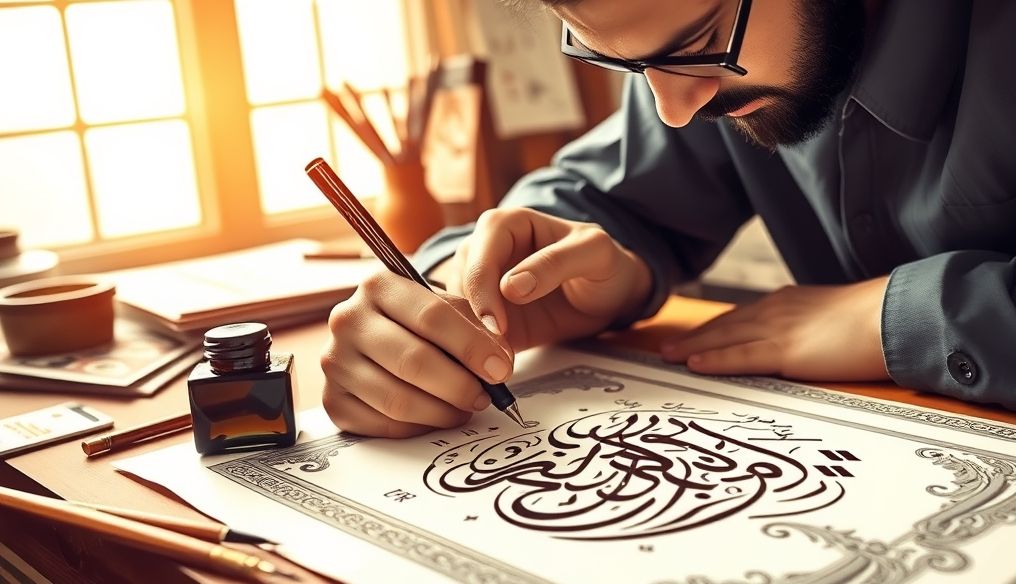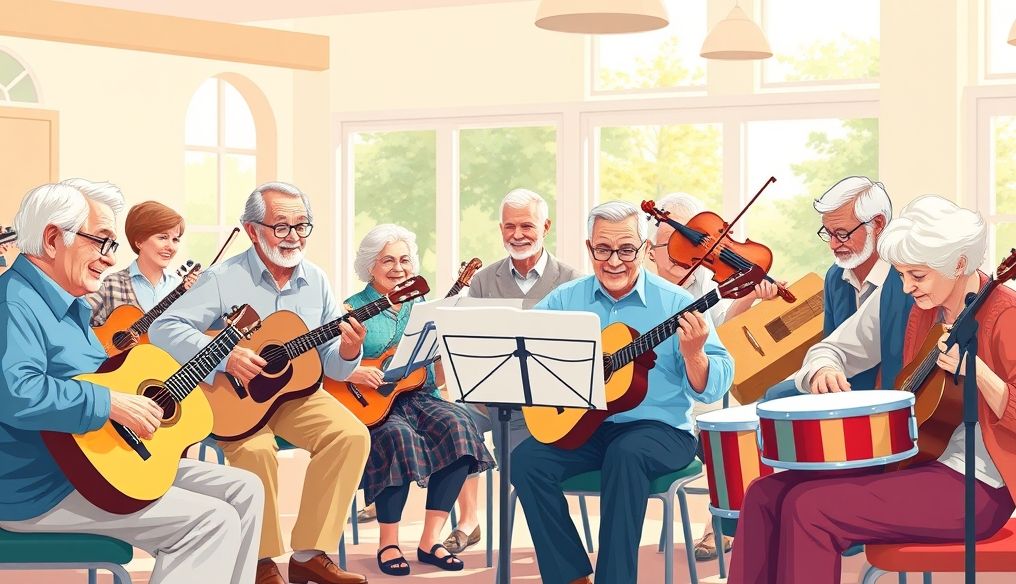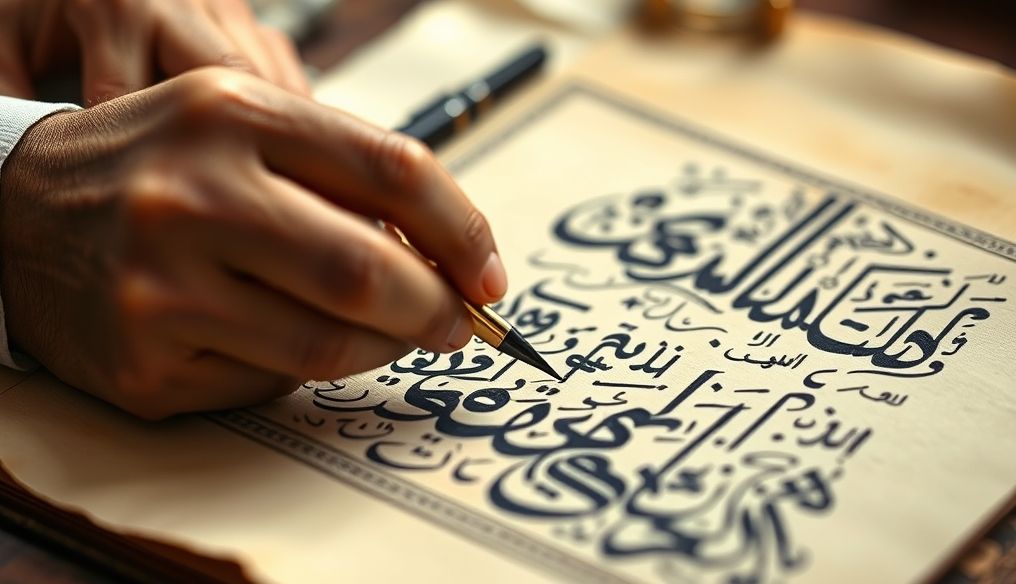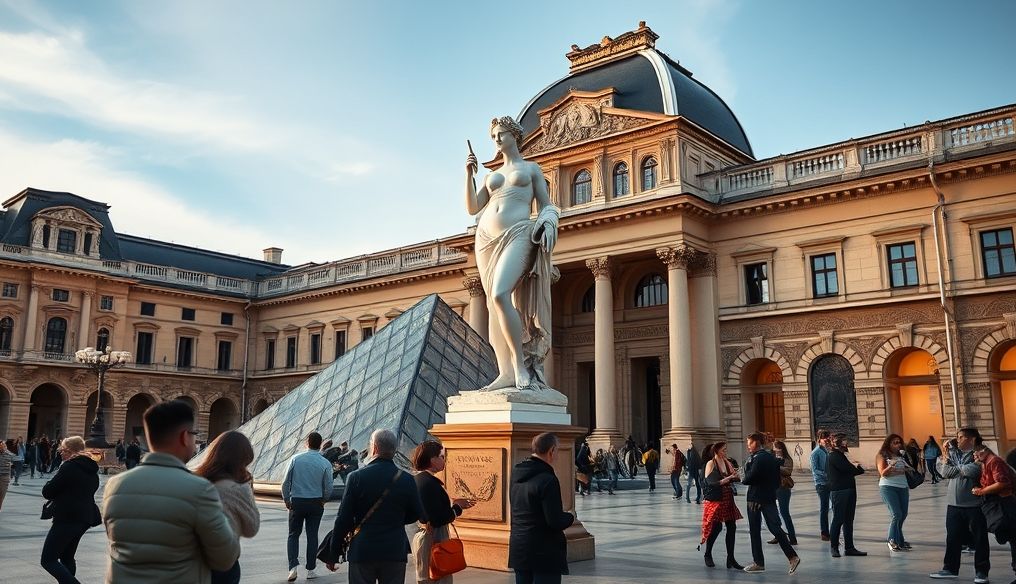Introduction: Arabic Calligraphy Between Beauty and Function
Arabic calligraphy, with its various branches and distinct styles, has always been an integral part of Islamic and Arab culture. It is often seen as merely a way to beautify texts and decorate mosques and buildings. But is that all that Arabic calligraphy represents? Is it just beautiful writing, or does it hold deeper meanings and broader dimensions?
Chapter 1: History and Evolution of Arabic Calligraphy
The history of Arabic calligraphy dates back to the 4th century AD, where it evolved from the Nabataean script. With the spread of Islam, Arabic calligraphy spread throughout the Islamic world and developed into many different styles, such as Kufic, Naskh, Thuluth, Diwani, Ruq'ah, and Farsi. Each of these styles has its unique characteristics and its own use.
- Kufic Script: Characterized by its sharp angles and straight lines, it was used in writing the Qur'an in the early centuries of Islam.
- Naskh Script: Characterized by its flexibility and ease of reading, it is widely used in printing books and magazines.
- Thuluth Script: Considered one of the most difficult and complex types of script, it is used in writing titles and decorations.
- Diwani Script: Characterized by its beautiful curves and overlapping lines, it is used in writing official letters and royal correspondence.
- Ruq'ah Script: A quick and easy-to-write script, used in everyday writing.
- Farsi Script: Characterized by its aesthetics and fluidity, it is widely used in Iran, Afghanistan, and Pakistan.
The evolution of Arabic calligraphy was not just a technical development, but also an artistic and cultural evolution reflecting the values and beliefs of the Islamic community.
Chapter 2: Aesthetic Dimensions of Arabic Calligraphy
There is no doubt that beauty is one of the most important elements of Arabic calligraphy. The harmony between letters, the consistency between lines, and the balance in composition all contribute to creating a work of art that inspires admiration and appreciation. A skilled calligrapher is not just a writer, but an artist who uses letters and pens to create artistic paintings that express beauty and creativity.
The aesthetic dimensions of Arabic calligraphy go beyond mere external appearance. The calligrapher also seeks to highlight the meaning inherent in words and sentences by choosing the appropriate script, distributing letters harmoniously, and adding decorations and embellishments that enhance the overall aesthetic of the artwork.
Chapter 3: Spiritual Dimension of Arabic Calligraphy
In Islamic culture, Arabic calligraphy is considered more than just an art; it is a means of expressing faith and piety. Qur'anic verses and the Prophet's sayings are often used in calligraphic works, giving them a profound spiritual dimension. A skilled calligrapher seeks to embody the spiritual meanings of words through his script, making the artwork a means of reflection and remembrance.
Many calligraphers consider practicing Arabic calligraphy a form of worship, dedicating their time and effort to creating artwork worthy of the sanctity of divine words.
Chapter 4: Arabic Calligraphy as a Visual Language
Arabic calligraphy is not just a means of conveying information; it is also a visual language capable of conveying feelings and emotions. A skilled calligrapher can use different lines, colors, and compositions to create artwork that expresses joy, sadness, anger, and peace. For example, the solid Kufic script can be used to express strength and grandeur, while the soft Naskh script can be used to express tenderness and beauty.
In modern times, Arabic calligraphy is used in many fields, such as logo design, advertising, and posters, demonstrating its ability to communicate with the public in an attractive visual way.
Chapter 5: Arabic Calligraphy in Architecture and Decorative Arts
Arabic calligraphy has always been an essential part of Islamic architecture and decorative arts. Qur'anic verses and the Prophet's sayings adorn mosques, palaces, and public buildings, giving them beauty and splendor. Arabic calligraphy is also used in decorating carpets, textiles, and pottery, making them unique works of art.
Calligraphers and architects collaborate to create harmonious designs that combine the beauty of calligraphy and the splendor of architecture, creating an unforgettable visual experience.
Chapter 6: Arabic Calligraphy in the Modern Era
Despite the emergence of modern technologies, Arabic calligraphy still retains its status as an authentic and prestigious art. Many contemporary artists use Arabic calligraphy in their artwork, giving them a unique and distinctive character. There are also many institutions and schools that teach the art of Arabic calligraphy, ensuring its continuity and development.
Digital technologies have opened new horizons for Arabic calligraphy, where artists can use computer programs to create complex and accurate artwork. However, handwriting is still highly valued, as it is considered an expression of personal skill and creativity.
Chapter 7: Challenges Facing Arabic Calligraphy
Despite its importance and artistic value, Arabic calligraphy faces many challenges in the modern era. Among these challenges: lack of attention to teaching Arabic calligraphy in schools and universities, declining number of skilled calligraphers, and the spread of digital fonts that do not reflect the beauty of handwriting. In addition, there is the challenge of preserving authenticity in light of technological developments and different cultural influences.
To overcome these challenges, educational and cultural institutions must pay greater attention to teaching Arabic calligraphy, support skilled calligraphers, and encourage the use of Arabic calligraphy in various fields.
Chapter 8: The Future of Arabic Calligraphy
The future of Arabic calligraphy looks promising, especially with the growing interest in cultural identity and Islamic heritage. There is a new generation of artists and calligraphers who seek to develop Arabic calligraphy and introduce new techniques to it. There are also many initiatives and projects that aim to raise awareness of the importance of Arabic calligraphy and encourage its use.
Arabic calligraphy is expected to play an important role in designing the visual identity of cities, institutions, and products in the Islamic world. It is also expected to witness significant developments in the field of digital calligraphy, making it easier to use and more attractive.
Conclusion: Arabic Calligraphy... Art Beyond Writing
In conclusion, it can be said that Arabic calligraphy is not just beautiful writing, but an ancient art that carries within it a long history and a rich culture. It is an expression of beauty, creativity, and spirituality. It is a visual language capable of conveying feelings and emotions. It is an essential part of architecture and decorative arts. It is an art that deserves attention, appreciation, and support.




